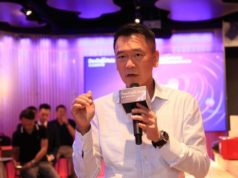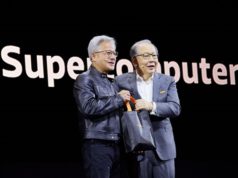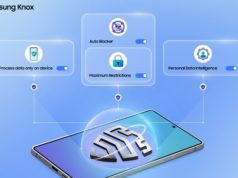I vowed in last year’s post to focus less on resolutions and more on what’s next for the industry. That was a wise decision since even the most determined resolutions usually wane by mid-February. This year’s 2017 forecast has a common thread – everything will be based on the customer experience, the key watchword of 2017.
In 2016, we heard the slow and steady drumbeat of smart tools, including chatbots and other AI-infused solutions, predictive analytics and cloud offerings. In 2017, they will be fully entrenched in companies across a wide range of industries. These solutions all are geared toward helping companies better connect with their users at a more personal level and improve the customer experience, whether that customer is in the office, the store or the doctor’s office. These smart solutions, which will become standard tools everywhere, will bridge the gap between humans and computers, more closely mimicking the role of humans, and in some cases replacing them.
So here’s my take on the top trends that will drive the software development industry in the coming year:
Smart apps rule
Today’s companies are faced with an inordinate amount of data thanks to the IoT (internet of things) and other technologies, yet they often don’t know what to do with it. Smarts apps give them a way to get actionable insights from this data, which then becomes operationalized to streamline core processes and better serve customers.
A key contributor to the growth of smart apps is the increasing popularity of chatbots. These customer-facing, intelligent bots are providing a new level of communication as people continue to spend more time in messaging apps than on social media. As these cognitive tools and bots read facial expressions, understand human emotion and learn new skills, they are beginning to blur the line between human and computer operators.
The challenge for developers in 2017 will be to integrate and manage the plethora of different IoT technologies, data, endpoints, platforms and back-end systems, at a speed that keeps up with the rapid pace of innovation. It will also require the specialized expertise of data specialists whose availability can be few and far between in today’s marketplace.
Data scientists become the new corporate heroes
The power of data (and what to do with it) is now a given in all types of industries and it will only grow in significance in 2017. Advanced predictive analytics tools are enabling companies to not only measure the past, but also, as they learn from previous interactions, they can effectively create a road map for future decisions. Since these solutions are only as good as the data they accumulate, the role of data analysts and data scientists will become as critical as an HR manager, marketing head or CIO in the new year.
PaaS becomes the next big cloud thing
The concerns about security and loss of control in the cloud will be a thing of the past in 2017. For a remote and highly mobile workforce, the cloud, which only requires an Internet connection to be accessed, has become an attractive delivery model. Yet, in the coming year, PaaS solutions will become the key accelerators of a new level of cloud growth since they provide a platform for customers to run and manage their applications in the cloud without the complexity of building the associated infrastructure or algorithms.
As AI-based predictive analytics and other complex solutions continue to take hold, companies will realize the complexity of developing these in house and instead will increasingly rely on PaaS-based solutions.
The year of the business user
A consumer-led, digital-focused market has made customer experience a prerequisite for business users in 2017. They will expect the same type of experience they have with digital technology in the consumer world, in their business environment. Because of this, the new year will focus on new solutions that improve the business user experience, including intelligent apps which make it easier to perform every-day tasks in the office. Technologies, such as virtual personal assistants, security solutions and marketing solutions, will deliver this new level of business user functionality by incorporating cognitive learning and robotic process automation. Most of the world’s largest companies will use intelligent solutions to improve the experience of the business user in the coming year.
So, next year will truly be the year of the customer — with companies offering smart technology solutions to delight business users and consumers alike. The growth of PaaS and predictive analytics is enabling this new smart generation of applications and ushering in an era of exciting new solutions.
This brings me back to the idea of resolutions. There’s certainly one that will be worthwhile for companies to keep in the new year: making sure they take their smart technology initiatives to new heights to exceed the expectations of their customers.
This article is published as part of the IDG Contributor Network. Want to Join?







